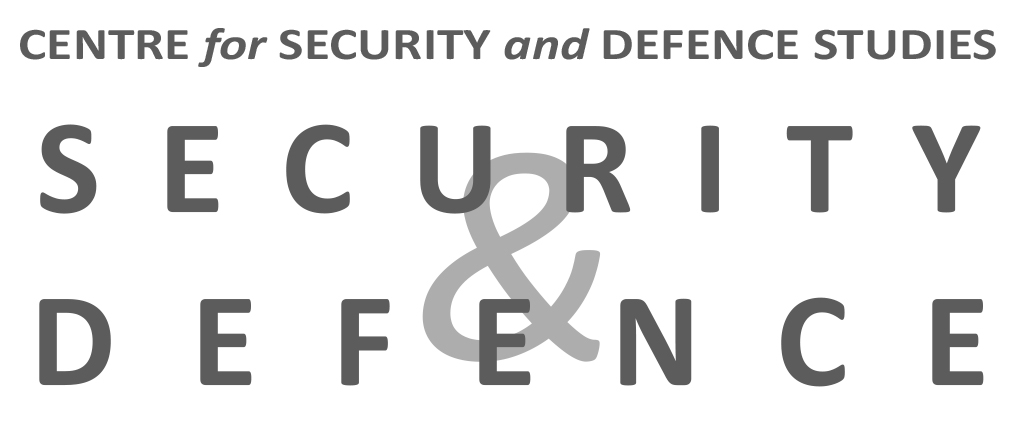
After the Sudanese Armed Forces (SAF) and the Rapid Support Forces (RSF) seized power in a coup in October 2021, the two entities failed to agree on how to share power within the new military regime. As a result, fighting erupted on 15 April 2023, leading to a major refugee and displacement crisis, as well as to some of the gravest violations of international humanitarian and human rights laws. A growing number of experts even talk about a genocide happening in the shadow of other world events. It is therefore of the utmost importance to identify the countries that enable the SAF and the RSF. Indeed, despite United Nations (UN) and European Union (EU) arms embargoes, both the SAF and the RSF could rely throughout the war on a relatively unrestricted flow of weapons and ammunition originating from different countries. To determine who these countries are, the author examined and crosschecked a broad range of sources that document arms transfers and supply routes across the region, which enabled the identification of seven countries that have been supplying weapons and ammunition to Sudan’s main warring parties. This Focus Paper also examines pre-war stockpiles, recent deliveries, supply routes and the types of weapons transferred to the warring parties. Finally, it provides recommendations to policy makers.
Download the Focus Paper 56Research line: Sahel and Sub-Saharan Africa
Source image: Alwaleed Adam

